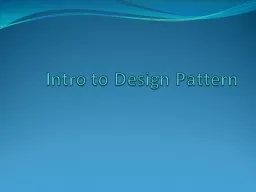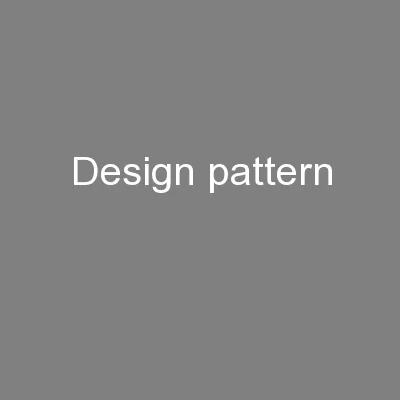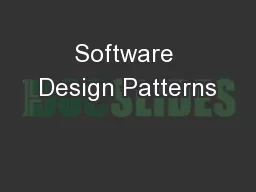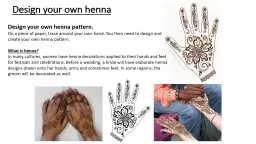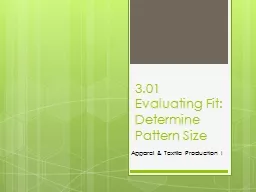PPT-Intro to Design Pattern
Author : alexa-scheidler | Published Date : 2017-05-15
It started with a simple A highly successful duck pond simulation game called SimUDuck The game can show a large variety of duck swimming and making quacking
Presentation Embed Code
Download Presentation
Download Presentation The PPT/PDF document "Intro to Design Pattern" is the property of its rightful owner. Permission is granted to download and print the materials on this website for personal, non-commercial use only, and to display it on your personal computer provided you do not modify the materials and that you retain all copyright notices contained in the materials. By downloading content from our website, you accept the terms of this agreement.
Intro to Design Pattern: Transcript
Download Rules Of Document
"Intro to Design Pattern"The content belongs to its owner. You may download and print it for personal use, without modification, and keep all copyright notices. By downloading, you agree to these terms.
Related Documents

